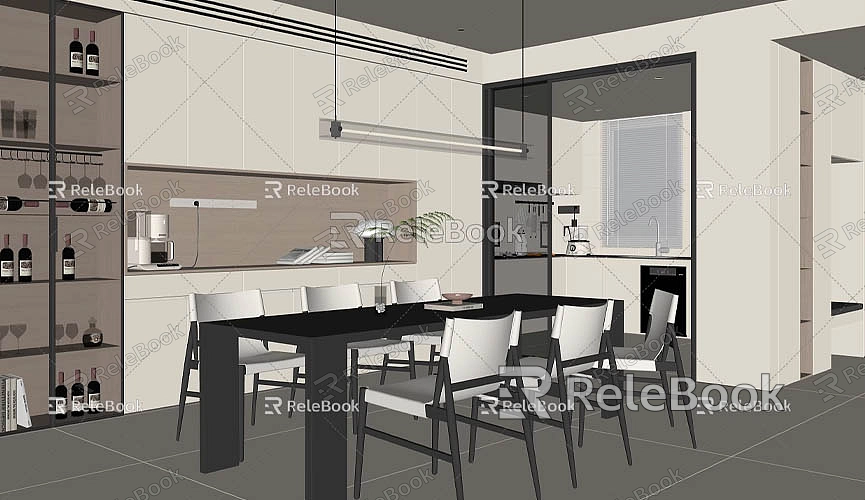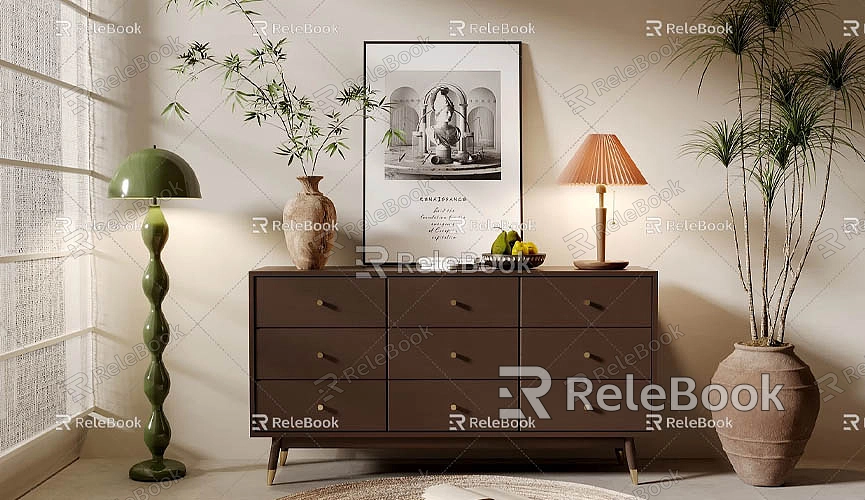How to import sketchup 3d model into aspire
Importing SketchUp models into Aspire is a common challenge faced by designers and engineers working in woodworking, CNC carving, or other forms of 3D fabrication. SketchUp, known for its ease of use and powerful 3D modeling tools, is widely used in architecture, interior design, furniture creation, and more. Aspire, a leading CNC carving software, excels in converting 3D models into G-code for CNC machines, enabling precise carving and machining.
Many users who design in SketchUp want to import their models into Aspire for further carving and cutting operations. However, due to file format differences, directly importing SketchUp models into Aspire is not straightforward. This guide outlines effective methods to convert SketchUp models into Aspire-compatible formats, ensuring a smooth workflow.

Why Import SketchUp Models into Aspire?
In woodworking and carving, SketchUp offers intuitive and easy-to-use modeling tools, allowing users to quickly bring complex 3D designs to life. However, when it comes to applying these models to CNC machines, Aspire becomes indispensable. Aspire supports importing from various 3D file formats, generating carving and cutting toolpaths, and performing other advanced machining tasks.
Since SketchUp’s native file format (.skp) is not directly compatible with Aspire, users need to convert SketchUp models into Aspire-supported formats such as STL or DXF.
The benefits of importing SketchUp models into Aspire are clear. It bridges the gap between creative design and physical production, enabling detailed and precise carving and machining. This process allows users to harness Aspire’s powerful carving and cutting tools to further refine and optimize their SketchUp models, improving overall efficiency.
Exporting STL Files from SketchUp
Before importing a SketchUp model into Aspire, you must export it in a format Aspire can read. One of the most common and effective formats is STL (Stereolithography). STL files are widely used in 3D printing and CNC carving due to their simplicity and ability to accurately describe the geometry of 3D surfaces.
SketchUp doesn’t natively support STL export, but this functionality can be added with the SketchUp STL extension. Once installed, this plugin allows you to save SketchUp models as STL files for seamless import into Aspire.
Steps to Export STL Files:
1. Install the STL Plugin: Ensure you have the SketchUp STL extension installed. It can be downloaded from the SketchUp Extension Warehouse.
2. Prepare Your Model: Clean up and organize your SketchUp model to ensure it’s optimized for export.
3. Export as STL:
- Go to `File` > `Export` > `3D Model`.
- Select STL as the file format.
- Adjust settings such as scale and units to match your requirements.
- Choose a file name and save the file to a desired location.
The exported STL file retains your model's geometric details, ready for further processing in Aspire.
Importing STL Files into Aspire
With the STL file prepared, you can now import it into Aspire for further processing and machining. Aspire’s STL import functionality ensures that your model’s 3D structure and details are preserved.

Steps to Import STL Files into Aspire:
1. Open Aspire: Launch the Aspire software.
2. Import the STL File:
- Select the `Import` option in the workspace.
- Browse to the location of your STL file and select it for import.
3. Position and Adjust:
- After importing, Aspire will display your model in the workspace.
- Adjust the position, scale, and rotation as needed to fit within the work area.
4. Optimize the Model:
- Use Aspire’s editing tools to refine the model.
- Remove unnecessary parts or make adjustments to ensure the model is ready for carving.
Using Aspire for Toolpath Creation and Carving
Once the model is imported, you can generate CNC toolpaths in Aspire. Aspire offers an array of tools for creating carving, cutting, and relief toolpaths.
- 3D Carving Toolpaths: Aspire can use the surface data from STL models to generate detailed carving toolpaths for intricate designs.
- Simulation: Aspire allows you to preview the carving results to identify potential issues before actual machining.
- Tool Selection: Choose appropriate tools, speeds, and cutting depths based on your CNC machine and material.
These features help ensure precise and efficient CNC operations, turning your SketchUp design into a finished product.
Other File Formats and Methods
Although STL is the most commonly used format, other formats like 3DS, OBJ, and DXF can also be used based on your specific needs.
1. 3DS Format: Ideal for complex models with multiple components, especially when high detail is required. Note that 3DS files may require more processing power.
2. DXF Format: Best for simpler models intended for 2D cutting and engraving. DXF files are easy to handle and quick to process in Aspire.
3. Aspire Plugins: Some third-party plugins enable direct conversion of SketchUp files into Aspire-compatible formats, streamlining the workflow.
Tips for Improved Efficiency
1. Simplify Your Model: Remove unnecessary components or reduce polygon counts in SketchUp to make the model easier to process in Aspire.
2. Adjust Units and Scale: Ensure your model’s dimensions are correctly scaled when exporting to avoid resizing issues in Aspire.
3. Optimize Materials and Textures: While Aspire focuses on machining, keeping material and texture details in SketchUp can aid in better visualization during preparation.
By exporting STL files and importing them into Aspire, users can transform their designs into precise CNC carving paths. The combination of SketchUp’s intuitive modeling and Aspire’s powerful machining tools creates a streamlined workflow that elevates design and production capabilities. Whether creating intricate 3D carvings or efficient cutting paths, proper preparation and file format selection ensure the best results.
For additional high-quality 3D textures and HDRI files to enhance your projects, visit [textures.relebook.com](https://textures.relebook.com/). For premium 3D models, check out [3dmodels.relebook.com](https://3dmodels.relebook.com/). These resources can help you create more detailed and visually appealing designs for Aspire projects.

